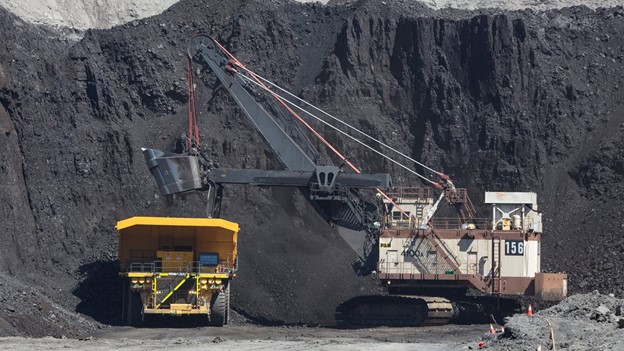The Changing Politics of Coal
Coal has gone from a national conservative rallying cry to a niche state concern.
The “War Against Coal” was a major conservative theme eight years ago. Now it seems almost forgotten even by Donald Trump, who was once coal’s caped crusader. But although protecting coal production is no longer much of a national issue, keeping coal-fired power plants open has percolated as an issue at the state level. It remains to be seen how long increasingly uneconomic coal generators remain online.
In 2016, Trump was all in for coal. Donning a miner’s helmet in a swing through West Virginia, he pretended to shovel coal while the crowd chanted, “Trump Digs Coal.” By 2020, however, a United Mine Workers union spokesman said he couldn’t remember the last time Trump had said the word “coal.” Trump’s 2024 campaign website contains only a single offhand mention of coal (“President Trump unlocked our country’s God-given abundance of oil, natural gas, and clean coal.”)
Why did coal stop being an appealing issue for Trump? One reason, no doubt, is that his efforts to save the industry were notably unsuccessful. When he took office, the U.S. used about 678 million tons of coal to generate electricity. Just before COVID struck, the figure was down to 538 million tons, and now it’s 524 million. The Energy Information Agency projects a 2024 number of 482 million tons.
Coal industry employment is also down, from about 50,000 when Trump took office to 45,000 today. (It would be even lower except that exports are propping up production.) That’s only about a fifth as many workers as the solar industry, or to take another comparison, about a third as many U.S. workers as Tesla.
No doubt there are other reasons, including Trump’s increasing obsession with his own personal grievances, and a base of supporters who are motivated more by loyalty to him than by policy issues.
Utilities have increasingly sought to move away from coal, motivated by poor economics, the threat of increased regulation, and the declining cost of renewables. As E&E News reported last month, there has been pushback from Republican legislators. About a dozen states are considering bills to keep unprofitable coal plants open. Just a few days ago, the Utah state legislature sent the governor some bills allowing coal plants to be kept open at public expense.
The mantra now is about preserving baseload power for reliability. This plays off of worries about blackouts from extreme weather events such as Hurricane Uri (when coal was not in fact, terribly useful), the reassuring sense of security conveyed by the phrase “baseload power,” and legitimate concerns about whether newer power sources are coming online
quickly enough to handle increasing demand. Rural legislators with coal plants in their districts are anxious to preserve local jobs and tax base, and many of the states involved have at least some coal mining. And of course, there’s always the appeal of “owning the libs” (though there are precious few liberals to be “owned” in most of these states).
Yet, from the point of view of conservative legislators, keeping uneconomic coal plants open has its downsides. It is contrary to the interests of the utilities, which are powerful political players in their own right. For more traditional conservatives, it is the kind of government regulatory mandate with which they are uncomfortable. And the public will have to pay for the pointless use of coal, either from the state treasury or in higher utility bills.
Over time, the economics of these bailouts is likely to get even worse, which raises a question of how popular and long-lived these bailout efforts will be. Even though coal is no longer a key issue for Trump himself, there would undoubtedly be similar efforts by his appointees if he wins a second term as part of the general attack on environmental protection. Yet in the long run, there may be limits on how long a fading technology can be kept on life support. After all, you don’t see many buggy-whip factories around these days.



